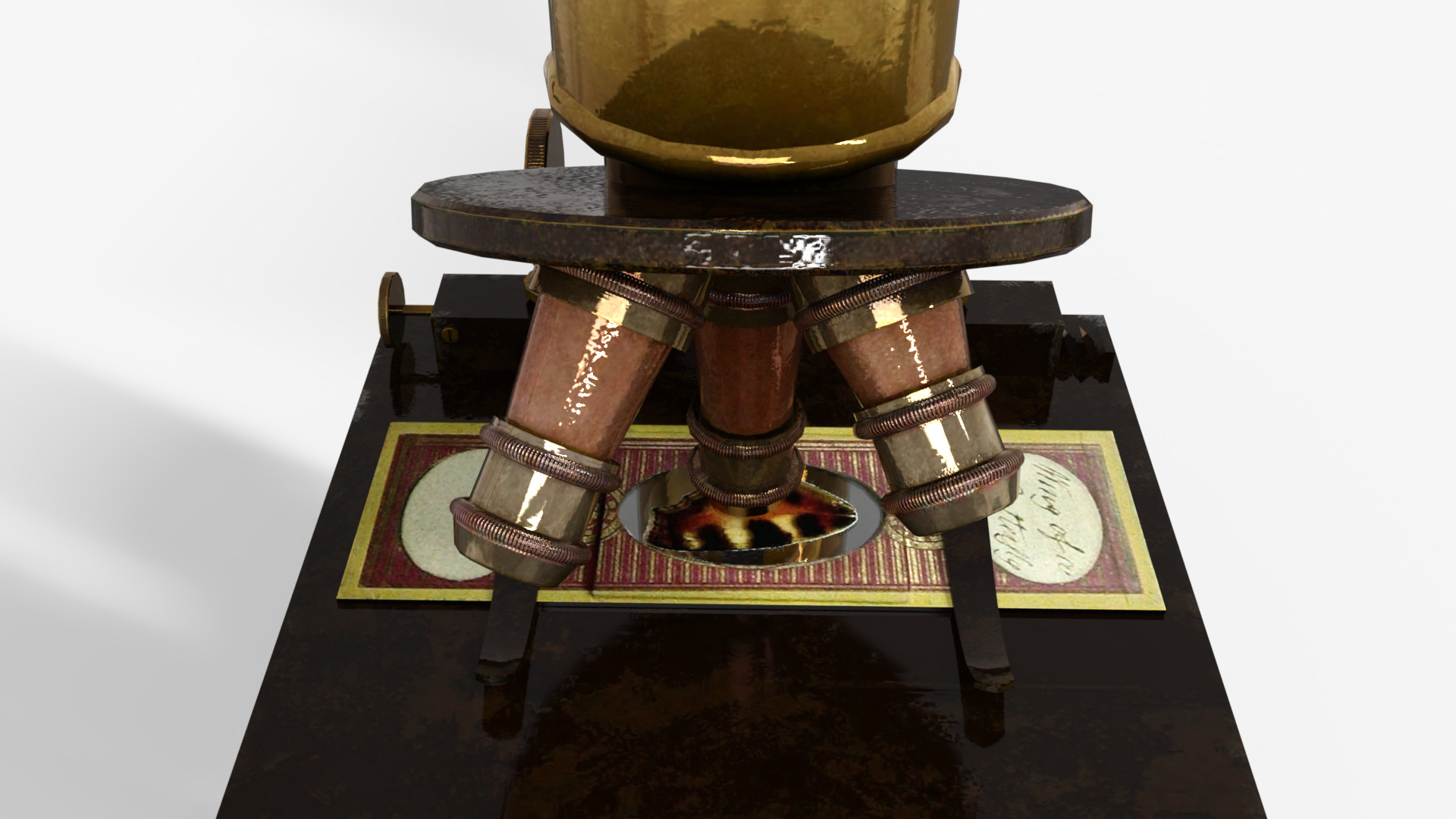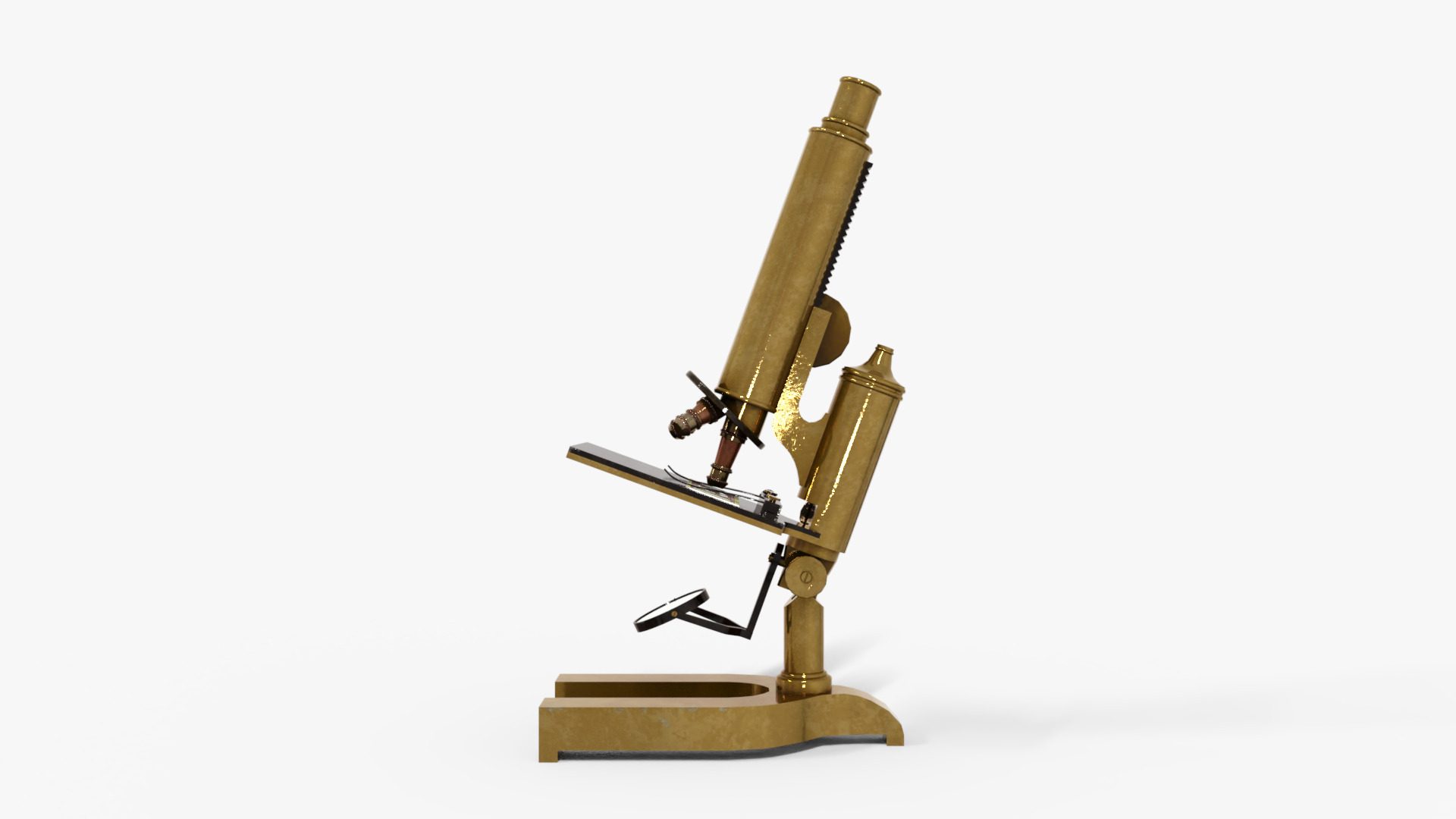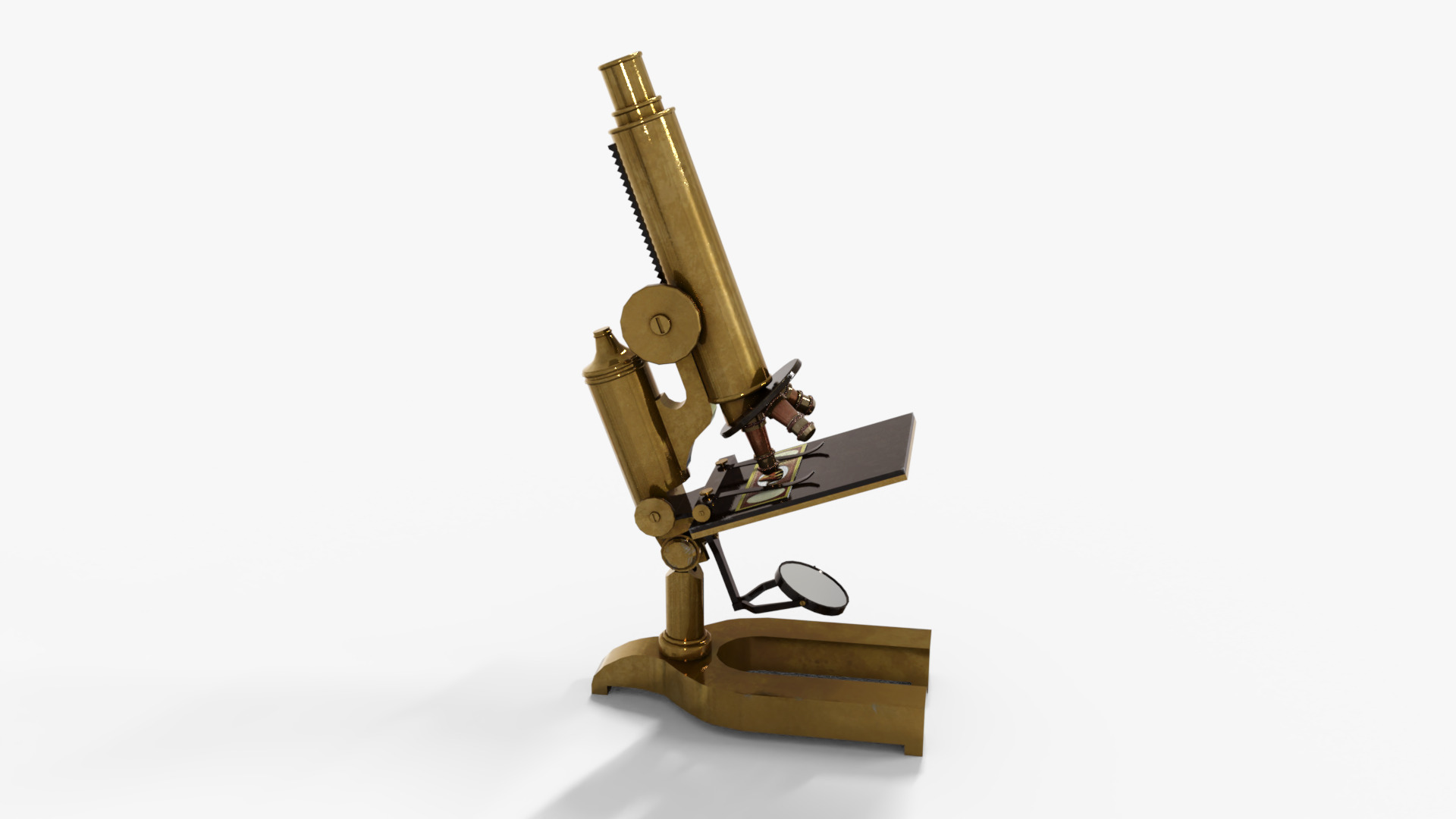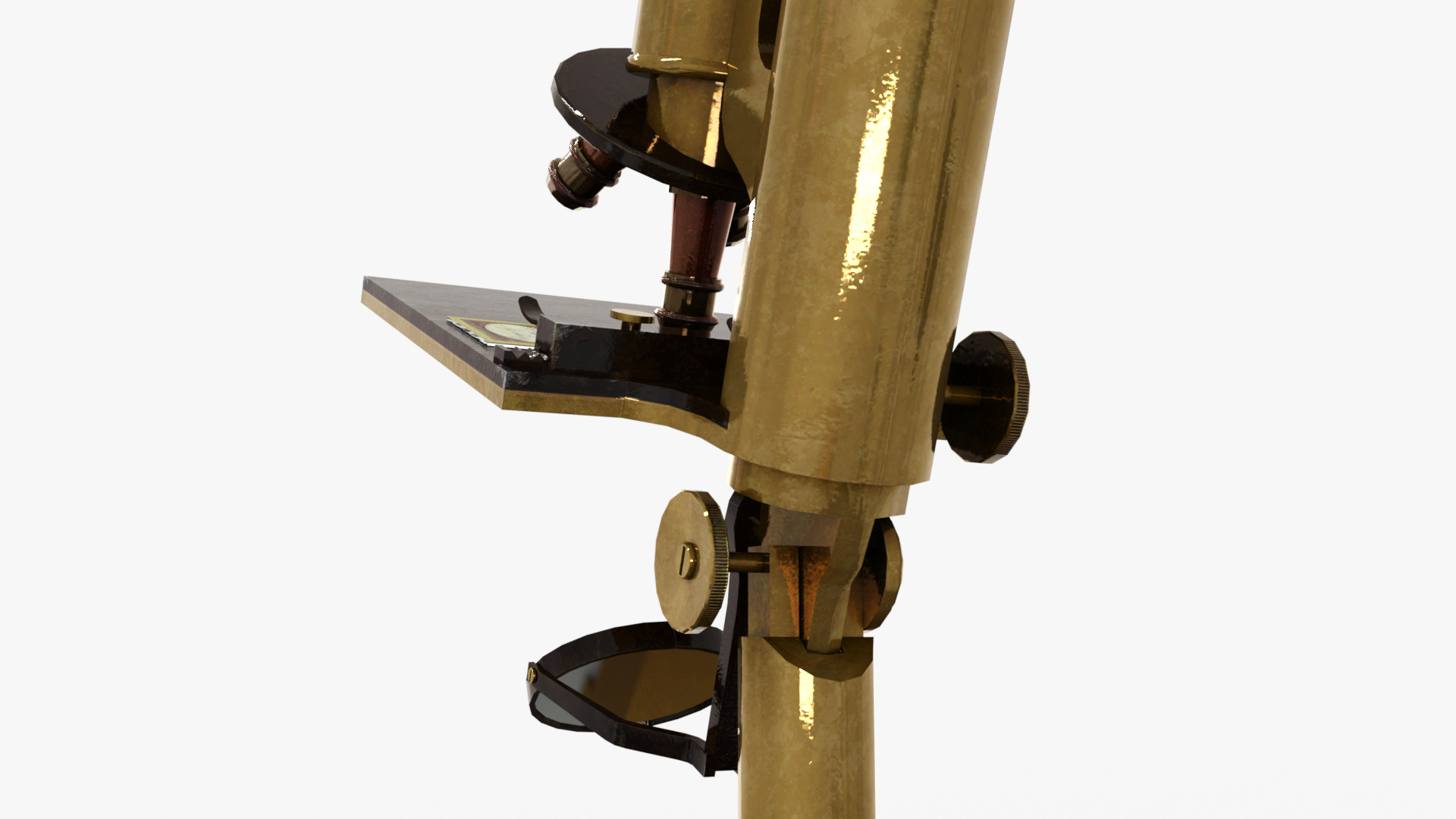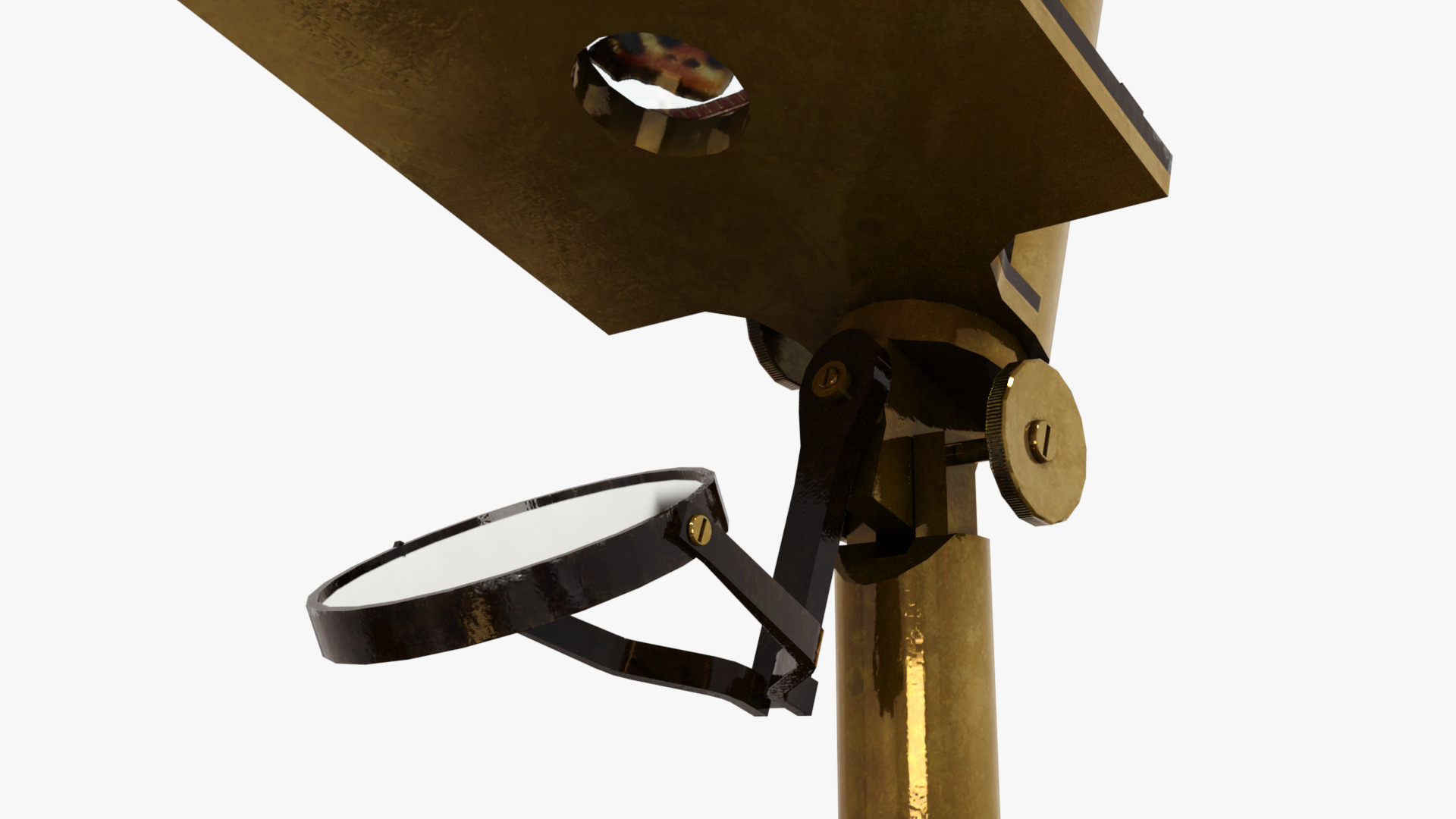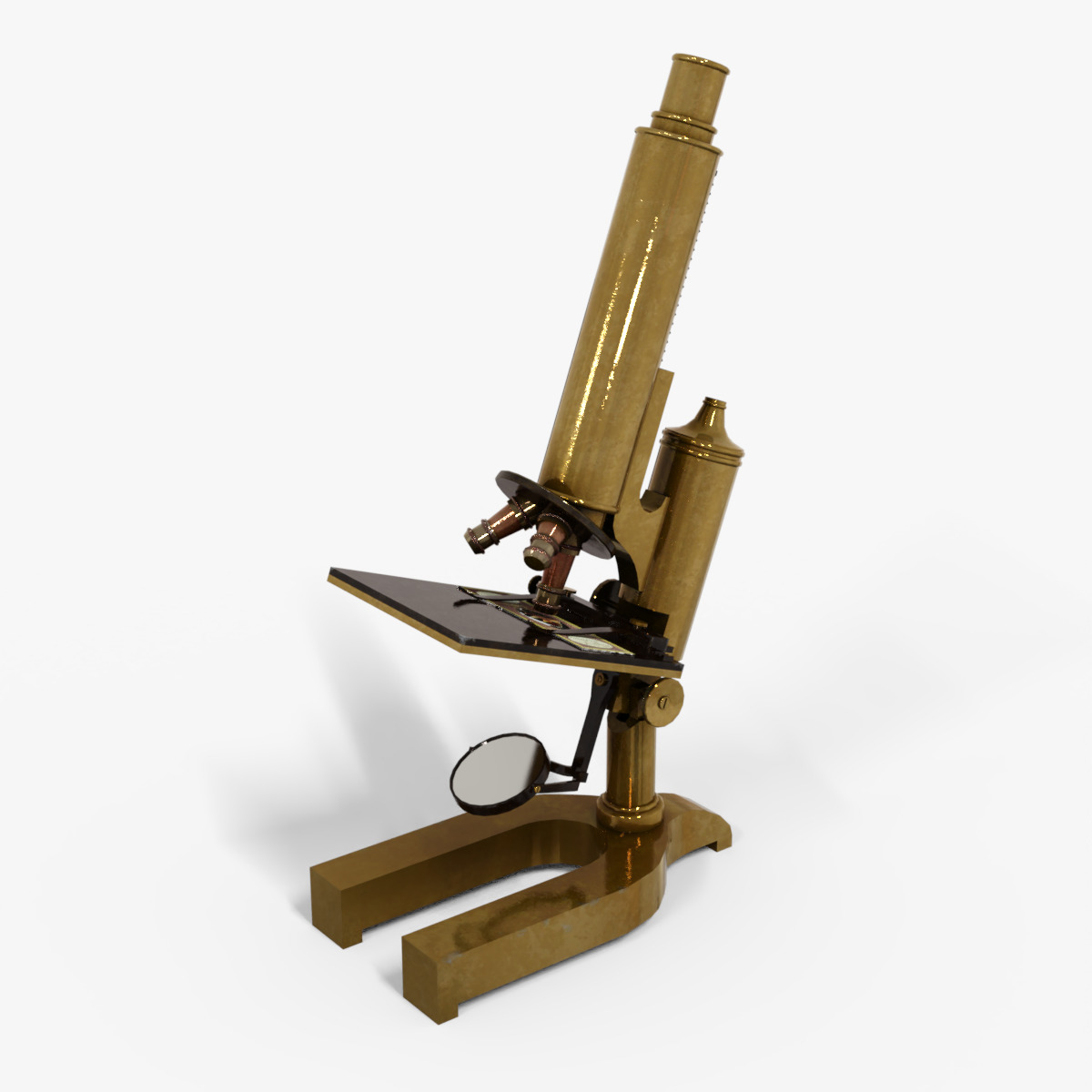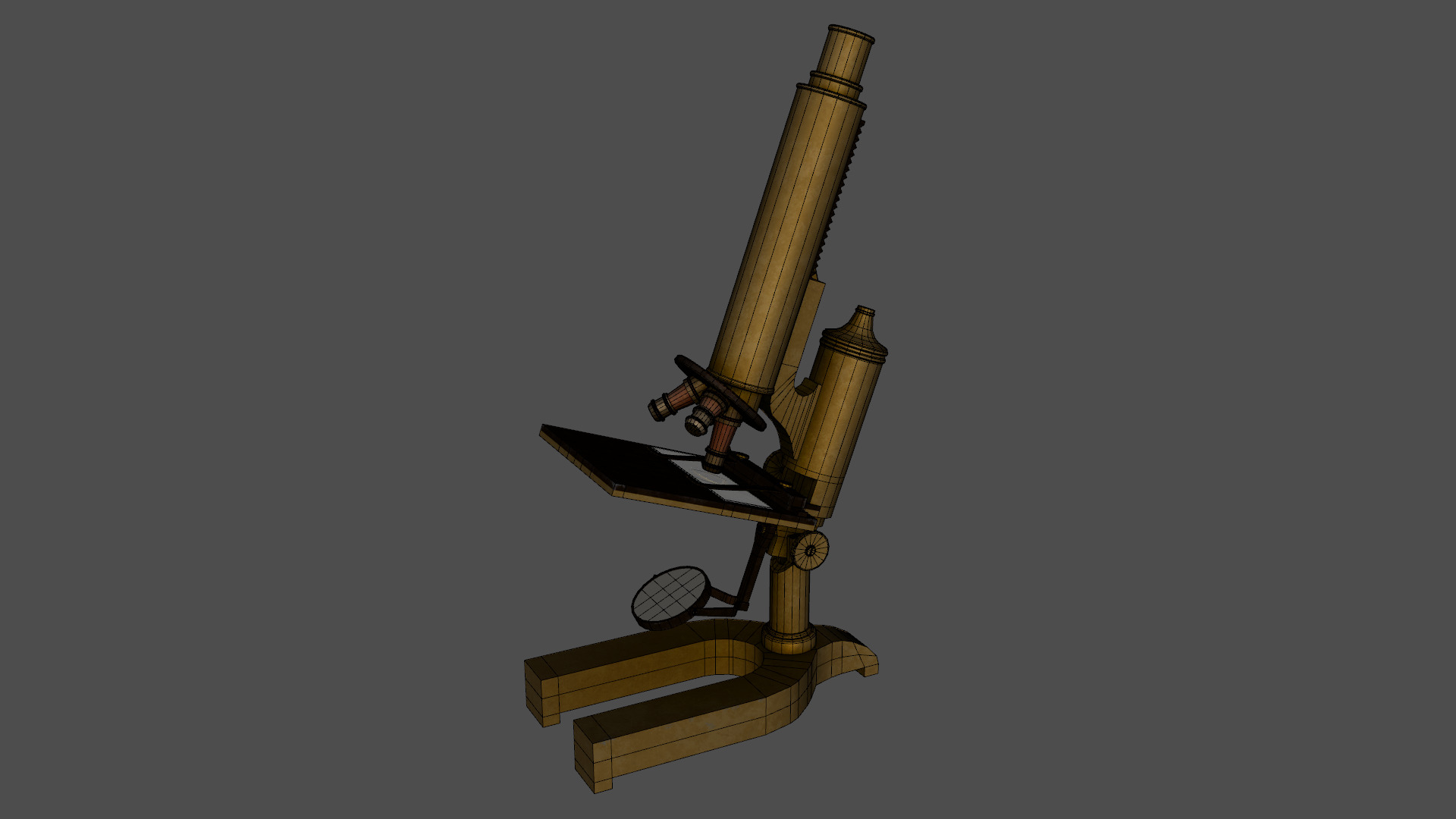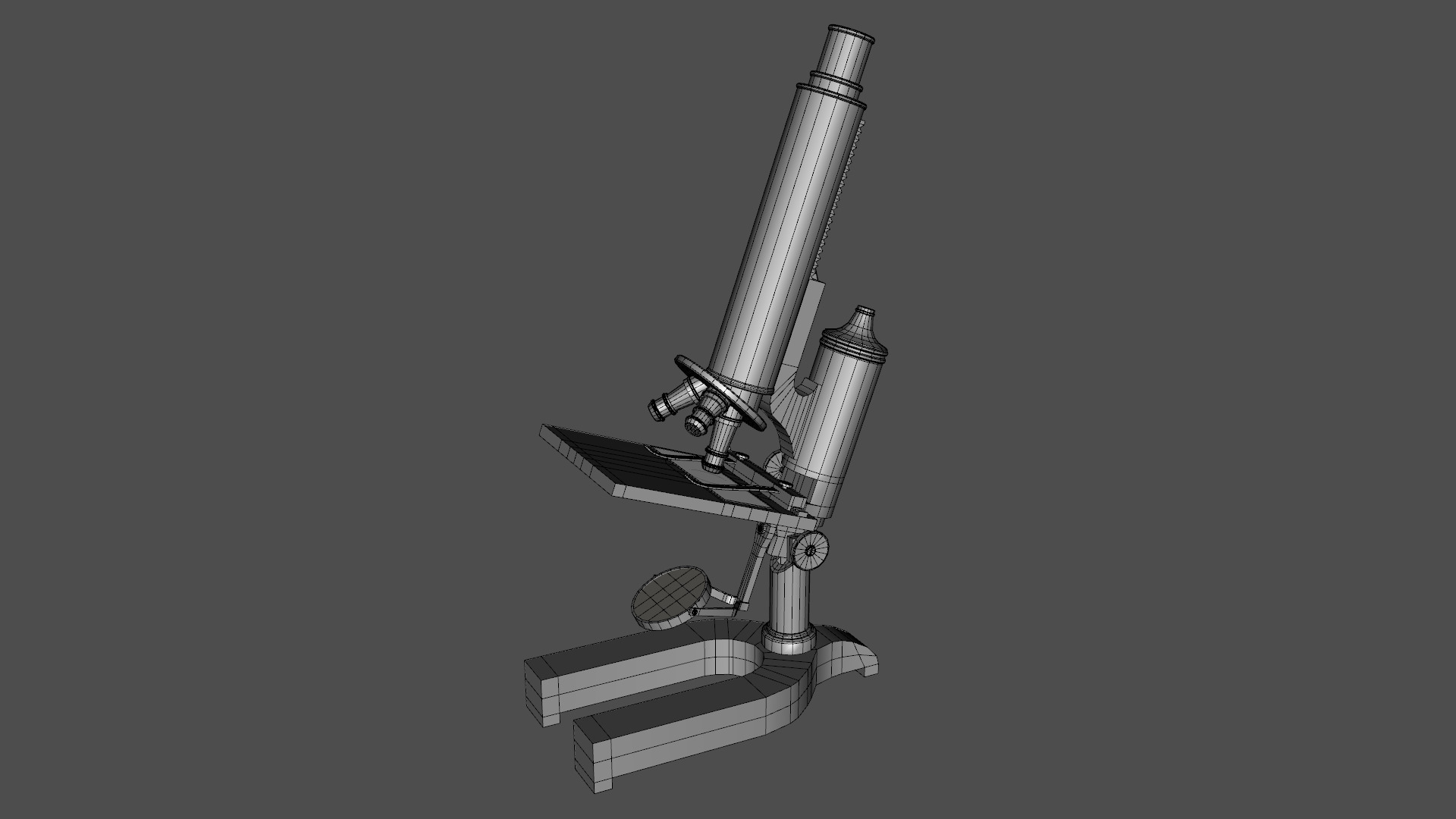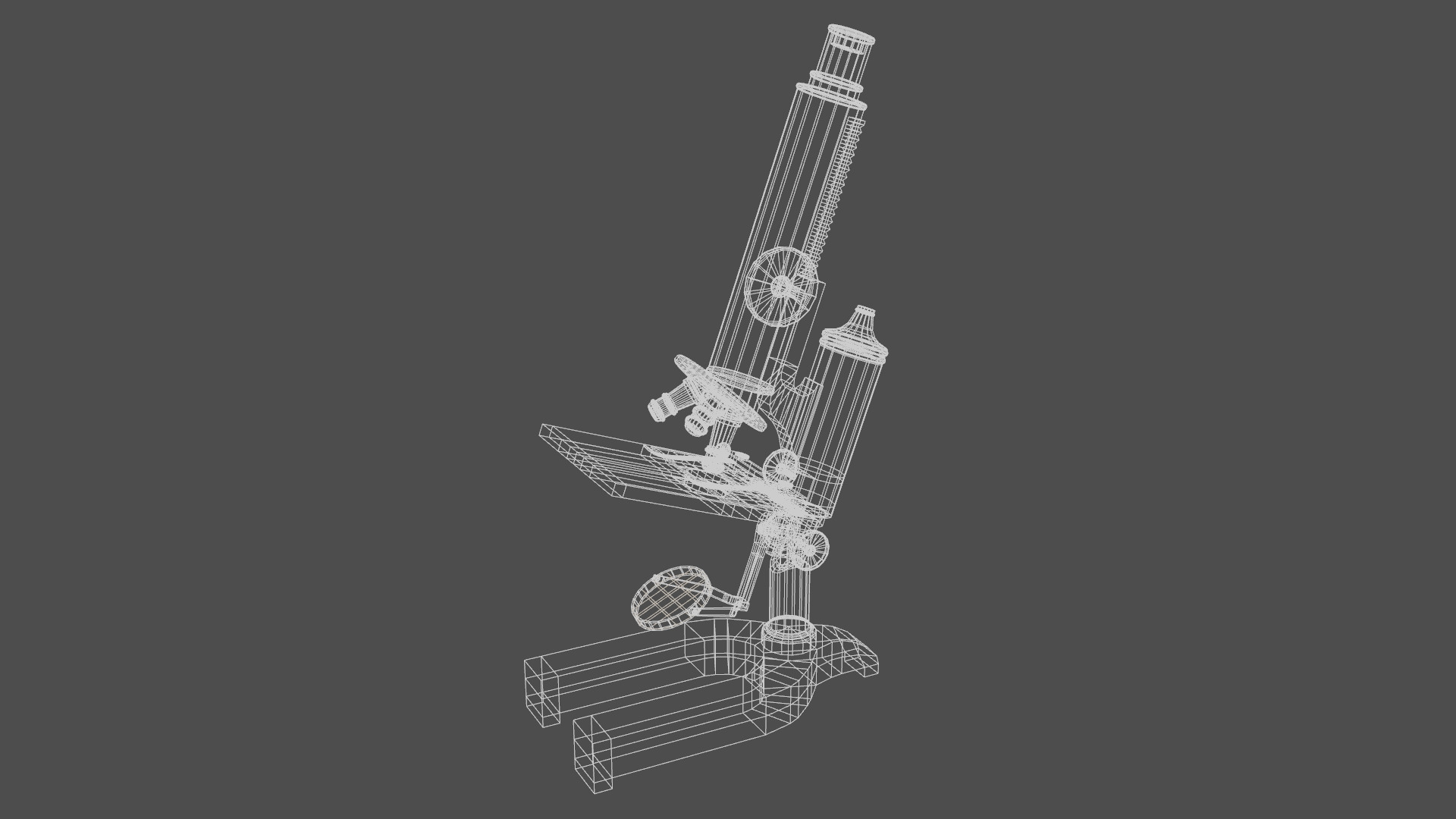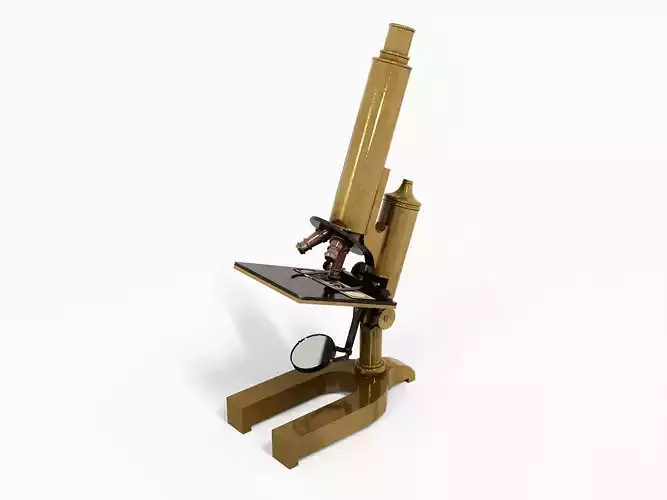
Victorian Microscope Low-poly 3D model
Victorian Microscope Vintage
Photorealistic
PBR/GAMEREADY
2K Texture
Low-Poly
The nineteenth century witnessed vast improvements in microscope design and function. Objectives and condensers were being built with multiple lenses that had increasing degrees of optical correction. Photomicrography made its debut in mid-century and by the end of the nineteenth century, high-end microscopes performed better than many student models produced today.The first part of the nineteenth century witnessed dramatic improvements in optics with the introduction of achromatic objectives by van Deijl, Amici, and Lister that also raised numerical apertures to around 0.65 for dry objectives and up to 1.25 for homogeneous immersion objectives. Innovations in machine tooling led to greatly improved design and construction of the microscope's mechanical elements and many well-crafted instruments appeared by designers such as Beck, Chevalier, Nachet, Leitz, Powell & Lealand, Ross, and Zeiss.
In 1886, Ernst Abbe's work with Carl Zeiss led to the production of apochromatic objectives based, for the first time, on sound optical principles and lens design. These advanced objectives provided images with reduced spherical aberration and free of color distortions (chromatic aberration) at high numerical apertures. At the end of the century, in 1893, Professor August Köhler reported a method of illumination, which he developed to optimize photomicrography, allowing microscopists to take full advantage of the resolving power of Abbe's objectives. The last decade of the nineteenth century saw innovations in optical microscopy, including metallographic microscopes, anastigmatic photolenses, binocular microscopes with image-erecting prisms, and the first stereomicroscope.

